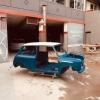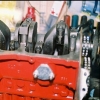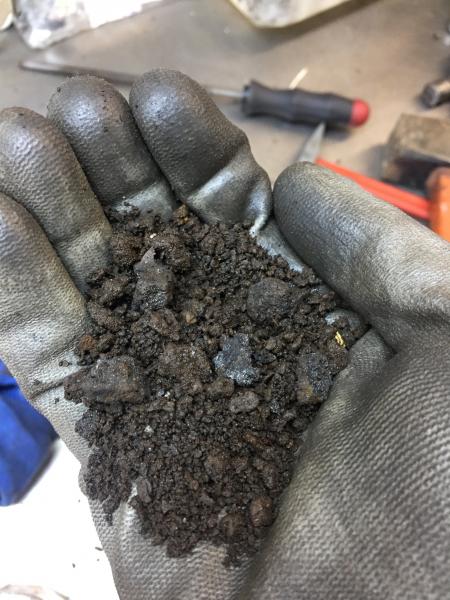Hi guys,
I am currently in the engine building phase of my project car and I am getting ready to send the block to the machinist. Being in Greece for some reason I do not trust they will do a great job of cleaning it out so I wanted to do as much work as I could in advance. I read about molasses and thought I'd give it a try. I wanted to post up my process here (and the results in a couple weeks) for anyone considering the same in the future.
You will obviously need molasses (I bought 500gr for 2,3 euros at a bio food store) and not much more to do this. Whereas most people talk about dipping the block in a large enough tub to be submerged in the solution, I decided to block off the water jacket and just fill that up. The rust and crud is usually only within that space so there is no need to expose all the block to the solution.
In order to make the jacket a sealed space you should do this BEFORE removing the freeze plugs. Obviously I had already removed mine  so I made some DIY temporary freeze plugs on the lathe. I made sure they were a very tight fit and had to be hammered in.
so I made some DIY temporary freeze plugs on the lathe. I made sure they were a very tight fit and had to be hammered in.
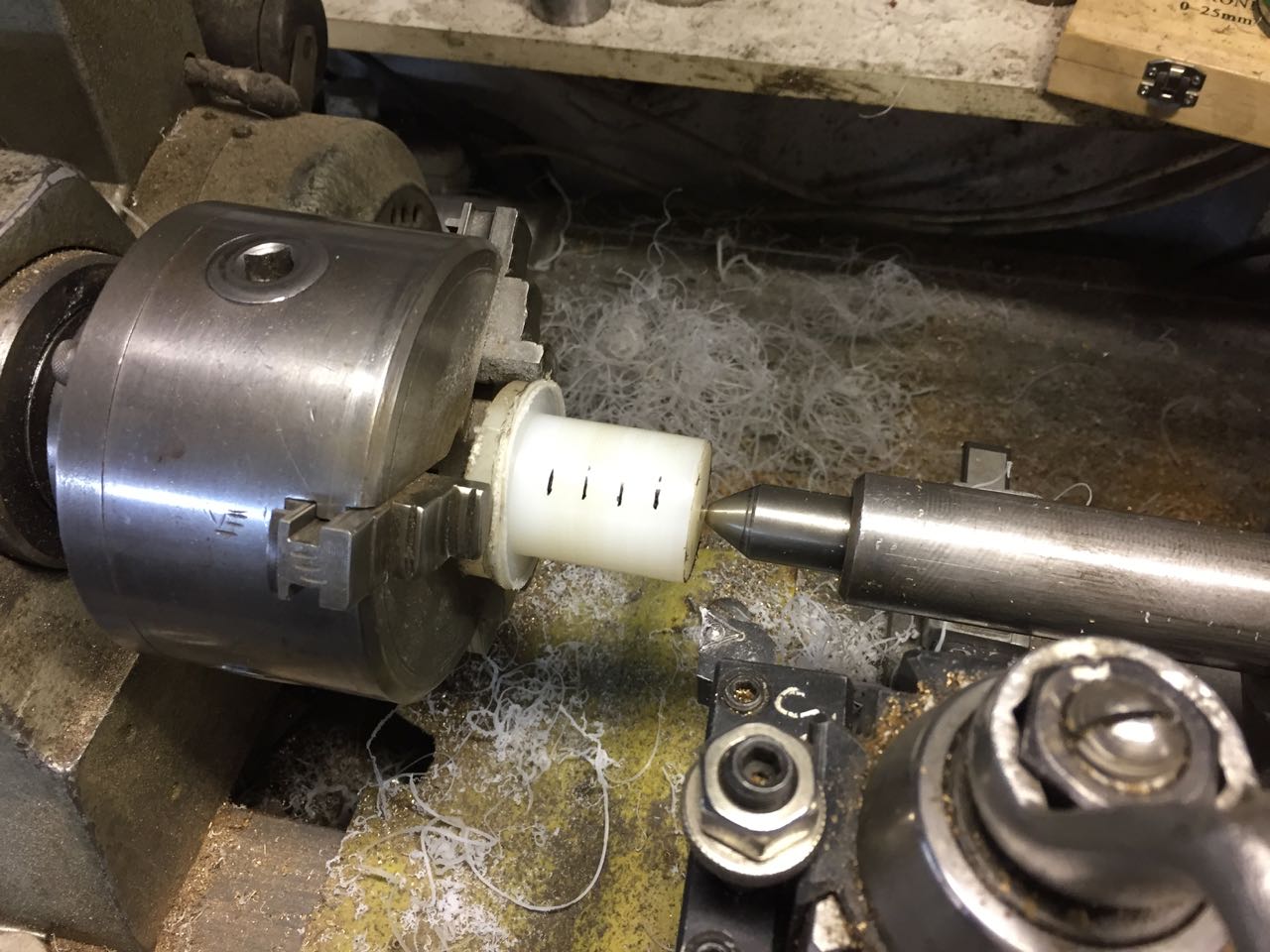
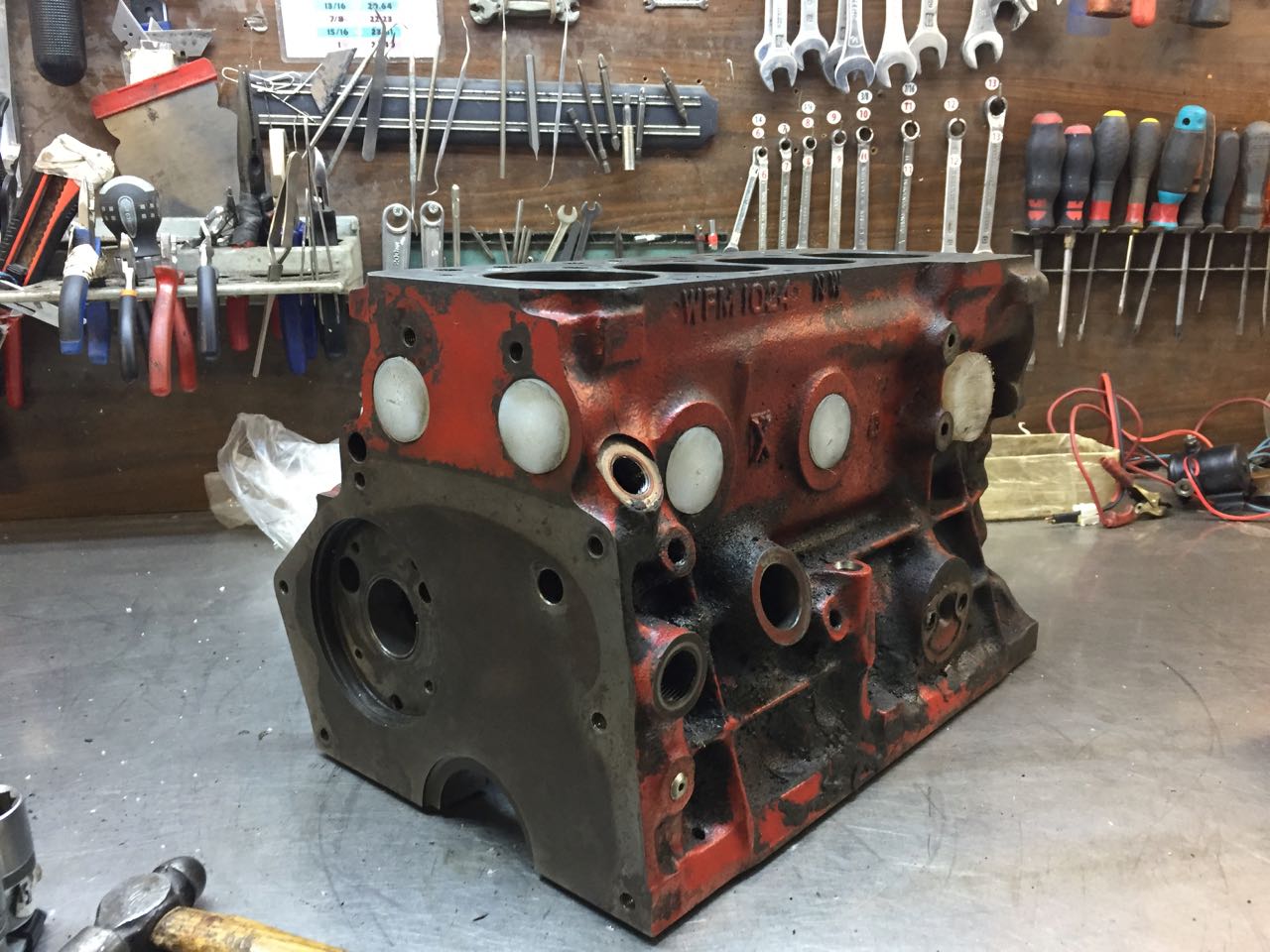
Once this is done you need to attach the water pump and find a way to block its exit. I made a plug and wrapped it with stretch tape which did the trick.
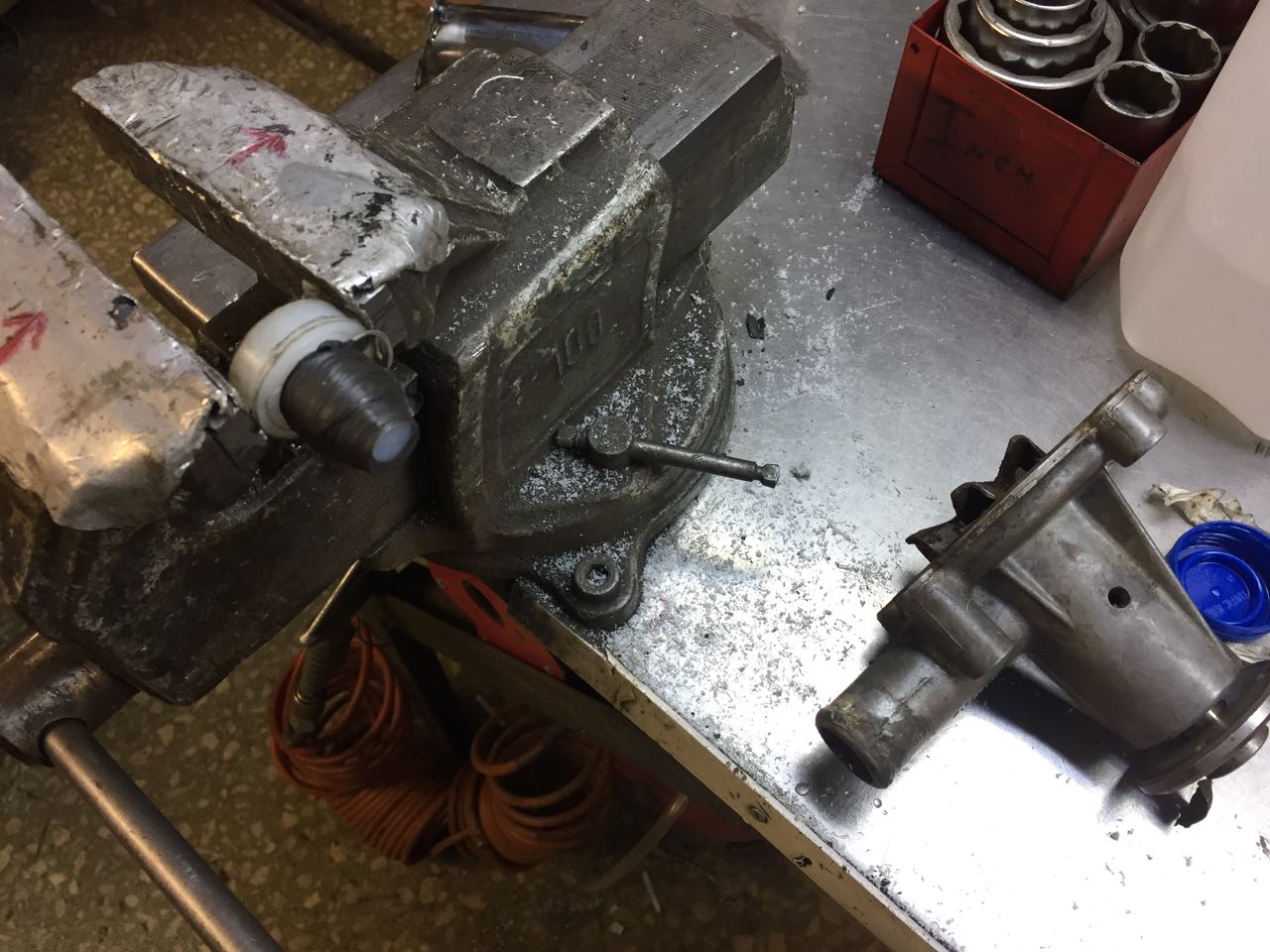
Once the block is "sealed" you need to prep the solution. I read online various ratios, from 1:8 to 1:2 so I went somewhere between the two with a 1:5 ratio. FYI the volume in the 1275 block jacket is just about 1L so that gave me a reference of how much solution to prepare.
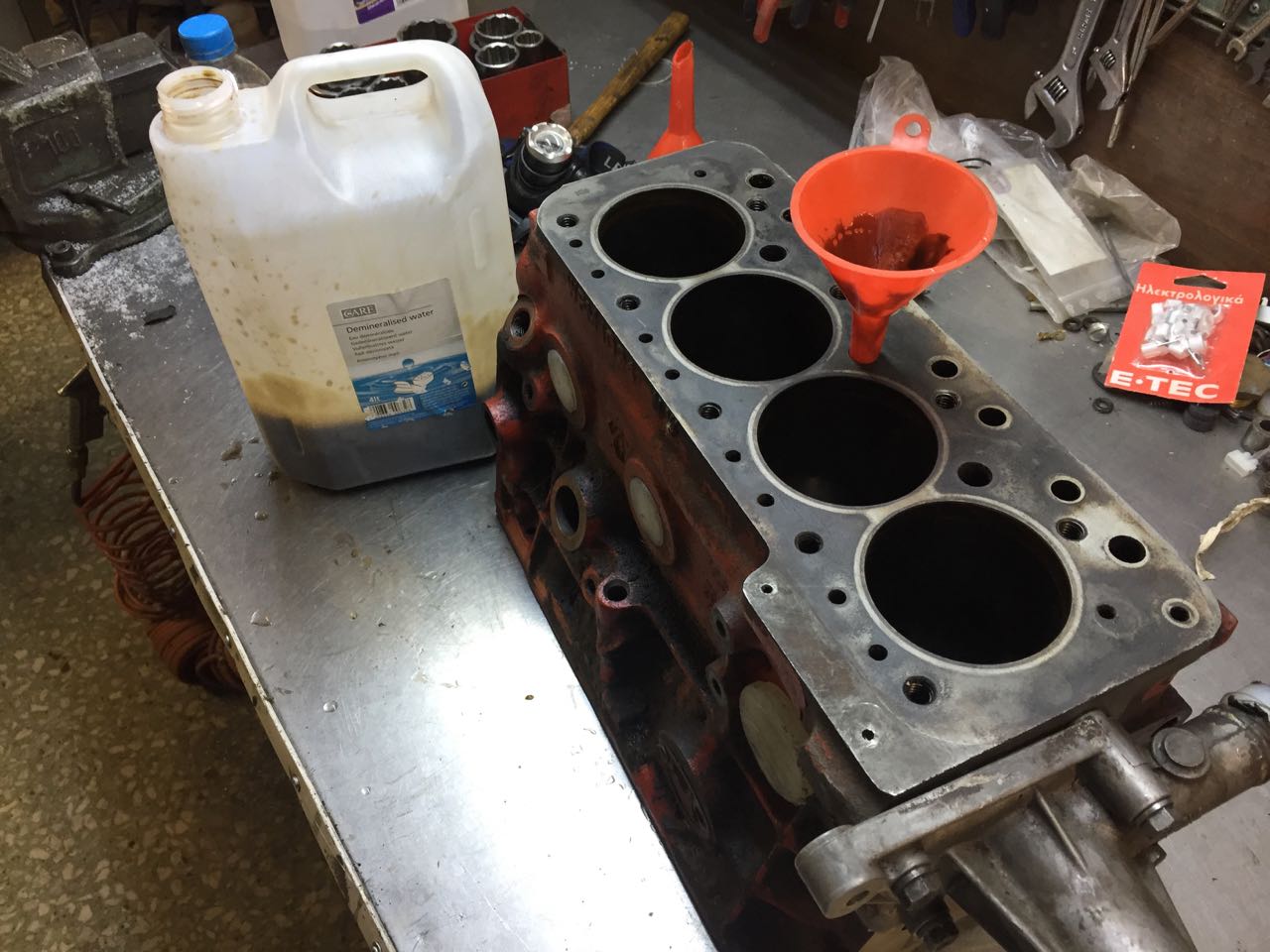
It is usually recommended to leave the molasses in for two weeks but I am in a hurry so I plan to check it in one week time and if I'm not happy then leaver it for another week. I also plan to tackle the cylinder head in a similar fashion tonight so I will post up my approach.
Will keep you posted.
Nik


